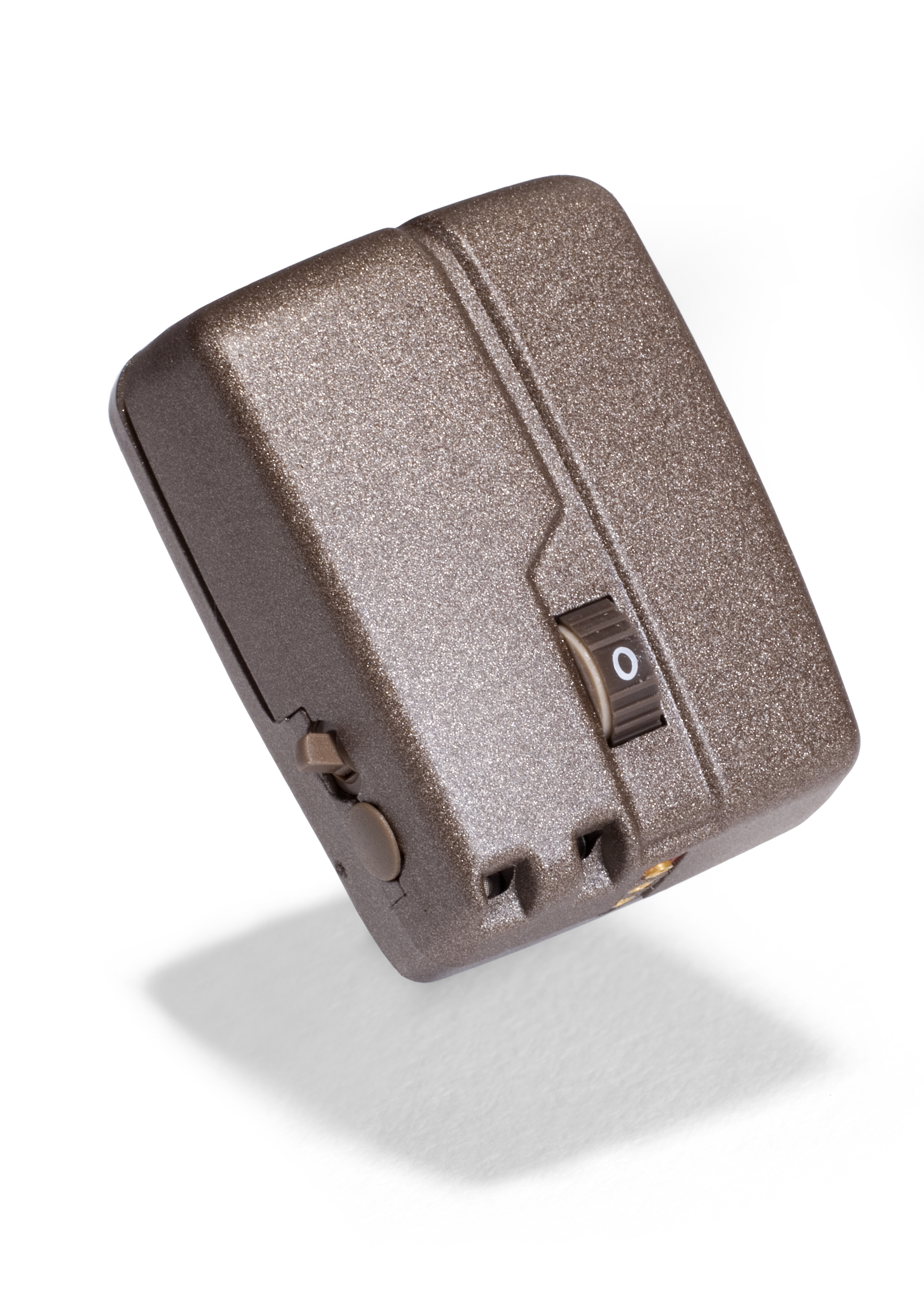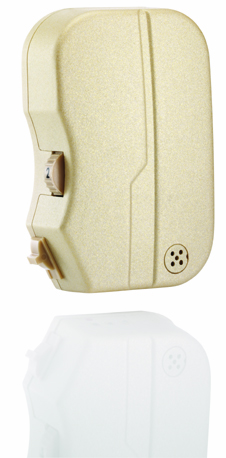1997 – 2007: the dynamics of an industry in full motion
With the opening of new markets and excellent results being reported, bone conduction bloomed during its third decade. It would no longer be an emerging treatment, but a standardized solution for people with conductive hearing loss, mixed hearing loss, and single-sided deafness. The word on the benefits of the Baha® System for people struggling with these types of hearing loss spread at a rapid pace.
From 5,000 users in 1997 to a staggering 50,000 by 2007, the industry drove innovation in technology and expanded to even more geographical locations.
This decade was memorable already from its start, with the introduction of the first bayonet coupling in 1997. This new type of connection made it easier for users to attach the sound processor to their implant, and resulted in a reduced need for regular maintenance. A further improved version was released in 1999 (together with a new abutment) that would come to fully replace the bayonet coupling that the previous Baha System had used. This coupling remains the standard coupling technology seen in today’s systems.
The first sound processor to feature the new snap coupling was the Baha Cordelle II, also released in 1999. The new processor replaced the previous Cordelle by improving the body-worn unit. A year later, in 2000, the Baha Compact would be introduced to replace the Baha 360, and feature improved electronics and an optional directional microphone.

The world’s first non-implantable Baha solution, the Baha Softband, was released on the market in 2002. The Softband allowed children to benefit from a Baha System before they were ready for an implant. To date, it is still the recommended solution for pediatric treatment (until a child is ready for an implant) and for demo/trial purposes.

The year of 2005 is another year that marked a major trajectory shift in the bone conduction industry. It was the year that Cochlear Ltd acquired the Swedish company Entific Medical Systems, the company that had been developing and manufacturing the Baha System as a spin-off from Nobel Biocare (originally Bofors Nobelpharma, a company that was formed to industrialize Brånemark’s osseointegration discovery). A new Cochlear division was set up, Cochlear Bone Anchored Solutions AB, and this division took over the manufacturing and development of the bone conduction system under the Baha brand. That same year, Cochlear launched the Baha Divino Sound Processor. It was the first digital sound processor, a technology that helped to further improve hearing outcomes and allow users greater control.

In 2007, Cochlear launched yet another sound processor, the Baha Intenso, which was the first head-worn power device. Like the Baha Divino it also featured digital signal processing, and was suitable for people with up to 55 dB SNHL. This new, complete portfolio gave more people more options; with three devices suitable for different levels of hearing loss – the head-worn Baha Divino (for up to 45 dB SNHL) and Baha Intenso (for up to 55 dB SNHL) and the body-worn Baha Cordelle II (for up to 65 dB SNHL).

In the next article, read about the fourth and the last decade of bone conduction hearing.